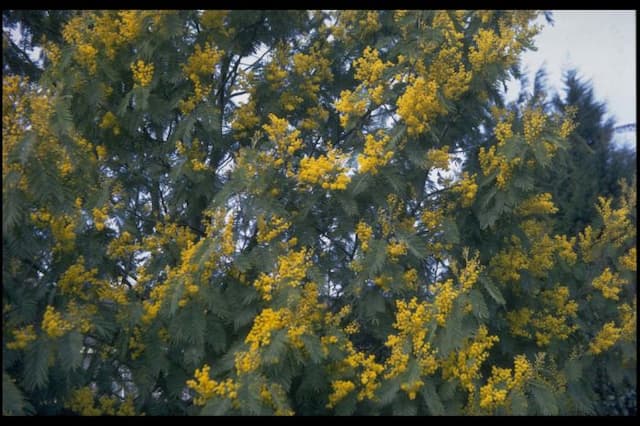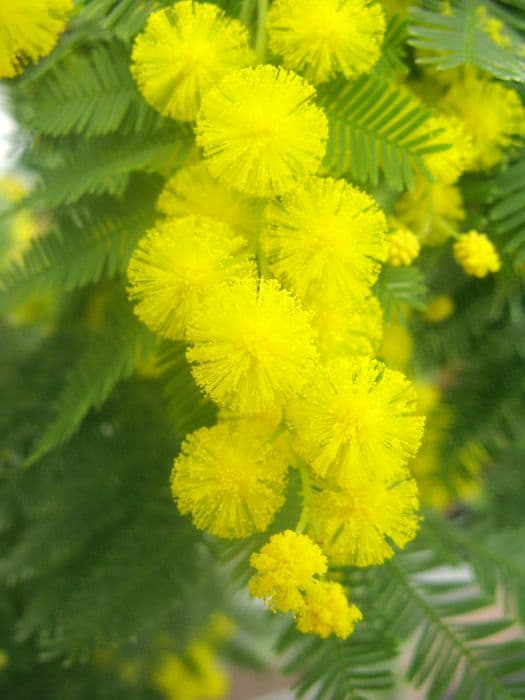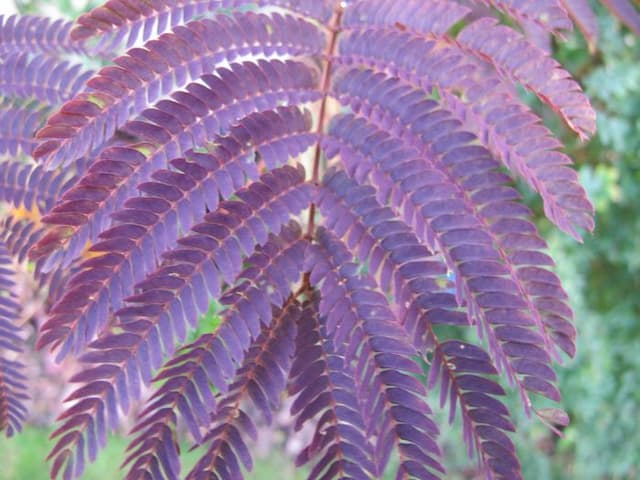Scarlet runner bean Phaseolus coccineus 'Red Rum'

ABOUT
The Phaseolus coccineus 'Red Rum', commonly known as the scarlet runner bean, is prized for its ornamental and edible qualities. This plant sports vibrant red, trumpet-shaped flowers that are a magnet for hummingbirds and other pollinators. The blooms stand out against the lush, green foliage, which consists of large, heart-shaped leaves arranged alternately on long, twining stems. As a climbing plant, it often requires some form of support to showcase its full beauty. Following the blooming period, the scarlet runner bean produces long, stringless bean pods that can be harvested for their edible seeds. The beans inside are typically speckled with black and pink hues, adding to the plant's decorative appeal. Overall, the scarlet runner bean 'Red Rum' is a striking addition to any garden, with its showy flowers and attractive beans.
About this plant
 Names
NamesFamily
Fabaceae.
Synonyms
Scarlet Runner Bean, Red Runner Bean, Runner Bean, Multiflora Bean, Dutch Case-Knife, Oregon Lima Bean.
Common names
Phaseolus multiflorus, Phaseolus coccineus.
 Toxicity
ToxicityTo humans
Scarlet runner bean, which Phaseolus coccineus 'Red Rum' refers to, is not considered toxic to humans when properly cooked. However, the raw beans contain lectins such as phytohaemagglutinin, which can cause symptoms if consumed in large quantities. Symptoms of poisoning from eating raw or undercooked beans may include nausea, vomiting, diarrhea, abdominal pain, and in severe cases, may lead to more serious health issues like bean poisoning which necessitates medical attention. Cooking the beans thoroughly by boiling them for at least 10 minutes at 100°C (212°F) can neutralize the toxins and make them safe to eat.
To pets
Scarlet runner bean has similar effects on pets as on humans. The raw beans contain toxic lectins which can cause symptoms of poisoning in pets if ingested in significant amounts. Symptoms can include vomiting, diarrhea, and abdominal pain. It is important to keep raw or undercooked beans away from pets and to seek veterinary care if a pet exhibits signs of poisoning after ingesting raw beans. Cooking the beans thoroughly eliminates the toxicity and renders them safe.
 Characteristics
CharacteristicsLife cycle
Perennials
Foliage type
Deciduous
Color of leaves
Green
Flower color
Red
Height
10 feet (3 meters)
Spread
6 feet (1.8 meters)
Plant type
Climber
Hardiness zones
2
Native area
Americas
Benefits
 General Benefits
General Benefits- Edible Pods: Runner beans like 'Red Rum' produce edible pods that can be enjoyed fresh, steamed, boiled, or stir-fried.
- Aesthetic Appeal: The bright red flowers of 'Red Rum' add vibrant color to gardens, making it an attractive ornamental plant as well as a vegetable crop.
- Attracts Pollinators: The flowers are known for attracting bees and other pollinators, thereby contributing to the health of the garden ecosystem.
- Nitrogen Fixation: As a legume, 'Red Rum' has the ability to fix nitrogen in the soil, improving soil fertility for subsequent plants.
- Vertical Growth: With its climbing habit, 'Red Rum' can be grown vertically on supports, saving space in the garden.
- Continuous Harvest: Once they begin to mature, runner beans can be picked continuously over several weeks, providing a long harvest period.
- Versatile Use: The beans can be dried and stored for long periods, providing a source of protein and other nutrients throughout the year.
- Shade and Privacy: When grown on trellises or fences, 'Red Rum' can provide shade and privacy in the garden due to its dense foliage.
- Companion Planting: 'Red Rum' can be used in companion planting to assist other plants by offering shade or structural support.
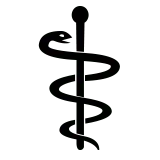 Medical Properties
Medical PropertiesThis plant is not used for medical purposes.
 Air-purifying Qualities
Air-purifying QualitiesThis plant is not specifically known for air purifying qualities.
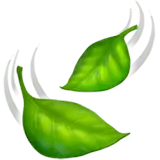 Other Uses
Other Uses- As a natural dye: The vibrant red flowers of the scarlet runner bean can be used to create a natural dye for fabrics or artisanal crafts.
- In artistic installations: The striking appearance and climbers' ability to cover structures quickly make them suitable for living art installations or green sculptures.
- As animal forage: While not as common, the foliage can be used sparingly as forage for some farm animals such as goats, as long as it is properly managed to avoid toxicity.
- Biodegradable pots: The fibrous nature of the stalks, once dried, can be used to create biodegradable seedling pots that can be planted directly into the ground.
- Educational tool: Due to its rapid growth and distinctive features, it is an excellent plant for educational projects demonstrating plant growth and climber habits in schools.
- Soil improvement: As a legume, the scarlet runner bean can be grown as a green manure to improve soil fertility by fixing nitrogen.
- Companion planting: Scarlet runner beans can be used in companion planting to provide natural support for other plants and to help deter certain pests.
- Hedge or privacy screen: By planting scarlet runner beans along a fence line, you can create a quick-growing, living privacy screen during the summer.
- Craft materials: Dried seed pods and stems can be used in making traditional or craft objects, such as rattles or other decorative items.
- Nutrient indicator: As a leguminous plant, its vigor can help indicate the health and nutrient status of garden soil, thus serving as a biological indicator for gardeners.
Interesting Facts
 Feng Shui
Feng ShuiThe Scarlet Runner Bean is not used in Feng Shui practice.
 Zodiac Sign Compitability
Zodiac Sign CompitabilityThe Scarlet Runner Bean is not used in astrology practice.
 Plant Symbolism
Plant Symbolism- Energy and Vitality: The vibrant red flowers of the scarlet runner bean (Phaseolus coccineus 'Red Rum') symbolize a robust energy and zest for life, mirroring the plant's vigorous growth habits.
- Passion and Desire: Red, a color deeply associated with passion, love, and desire, is prominently displayed in the scarlet runner bean's blossoms, consequently representing these intense emotions.
- Connection with Nature: As it is a climbing plant that intertwines with its surroundings, the scarlet runner bean can signify a deep connection to nature and the intertwining of lives or relationships.
- Nourishment and Sustenance: Since the scarlet runner bean produces edible beans, it is often linked with themes of nourishment, sustenance, and providing for one’s family.
- Creativity and Inspiration: The scarlet runner bean's tendency to grow in unexpected directions, creating unique natural tapestries, can be seen as symbolic of creativity and the inspiration to think outside the box.
 Water
WaterScarlet runner beans prefer evenly moist soil, so it's important to water them regularly. They should be watered deeply about once a week with about 1 to 1.5 gallons of water per plant, depending on weather conditions and soil type. During particularly hot or dry periods, you may need to water them twice a week. Ensure the water reaches the roots by applying it directly to the base of the plant. It's best to avoid overhead watering to prevent disease.
 Light
LightScarlet runner beans thrive in full sunlight, which means they should receive at least 6 to 8 hours of direct sunlight daily. The best spot for these plants is in a location where they are exposed to unfiltered natural light for most of the day. Avoid placing them in heavily shaded areas, as this can inhibit their growth and reduce flowering.
 Temperature
TemperatureScarlet runner beans grow best in average temperatures between 60°F and 70°F. They can tolerate a minimum temperature down to about 50°F, and a maximum temperature around 90°F. However, they will not set pods once the temperature exceeds 90°F. For optimal growth, keep these plants in a location where the temperature range stays within this ideal bracket.
 Pruning
PruningPruning scarlet runner beans is important to promote healthy growth and air circulation, which helps prevent disease. The best time to prune is in late winter or early spring before new growth begins. Pruning involves removing dead or damaged vines, and occasionally pinching off the tips of the vines to encourage more side branching and increased pod production. Typically, these plants are pruned once at the beginning of the growing season and then as needed to remove any problematic growth.
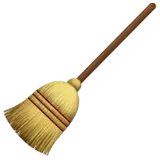 Cleaning
CleaningNot needed
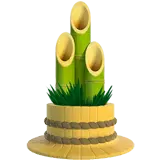 Soil
SoilScarlet runner beans thrive in a well-draining soil mix rich in organic matter with a pH between 6.0 and 6.8. A combination of garden soil, compost, and perlite or vermiculite will provide the necessary nutrients and structure for root development.
 Repotting
RepottingScarlet runner beans generally do not require frequent repotting as they are typically grown as annuals. If grown in containers, repotting every year in early spring is sufficient, as they can exhaust the soil nutrients over the growing season.
 Humidity & Misting
Humidity & MistingScarlet runner beans prefer moderate humidity levels but as outdoor plants, they are adaptable to the ambient humidity. They perform best when humidity does not drop to desert-like conditions for prolonged periods.
 Suitable locations
Suitable locationsIndoor
Grow in well-lit area, use pot with drainage, large enough for support structure.
Outdoor
Full sun, well-draining soil, install sturdy supports or trellis.
Hardiness zone
2-11 USDA
 Life cycle
Life cyclePhaseolus coccineus 'Red Rum', commonly known as the Red Rum runner bean, begins its life as a seed, often planted after the last frost has passed to ensure a warm environment for germination. Seedlings emerge within 8 to 14 days, developing into climbing or trailing vines that need support to grow upward. As a fast-growing annual, it enters the vegetative stage quickly, producing large, green leaves. Following the vegetative stage, bright red flowers bloom, which are then pollinated to produce bean pods. After pollination, the pods rapidly grow, reaching maturity when they can be harvested for their seeds or consumed as green beans. The Red Rum runner bean completes its life cycle by dying back after the growing season, leaving behind seeds that can be gathered for the next planting.
 Propogation
PropogationPropogation time
Spring-Early Summer
Phaseolus coccineus 'Red Rum', commonly known as Scarlet Runner Bean, is most commonly propagated by seed. The best time to sow the seeds is in late spring, after the last frost when the soil has warmed up to at least 50 degrees Fahrenheit (10 degrees Celsius). To propagate, plant the seeds directly in well-draining soil about 1 to 2 inches (2.5 to 5 cm) deep and space them about 4 inches (10 cm) apart. Water the planted seeds thoroughly. The seeds will germinate in approximately 8 to 14 days. It's important to provide a trellis or some form of support for the vines to climb as they grow. Scarlet Runner Beans are fast growers and will start flowering in the summer, followed by pod formation.
